Many frequent flyer programs offer travellers opportunities to redeem points for aspirational round-the-world itineraries. Whether you’re planning a trip with Aeroplan, British Airways Avios, Cathay Pacific Asia Miles, or any other program, you can leverage sweet spots to craft the trip of a lifetime.
For years, one of the most lucrative options was the ANA Mileage Club Round-the-World Award, which allowed travellers to plan eight-stop RTW journeys for an unbeatable number of miles. Unfortunately, ANA officially discontinued this redemption as of June 23, 2025.
While this option is no longer available for new bookings, we’re keeping this article live as an archive of what was once one of the best redemptions in the miles and points game.
Let’s take a look at this once-upon-a-time incredible sweet spot, including some examples of how travellers maximized the program to its fullest.

In This Post
How to Earn Miles with ANA Mileage Club
There are two primary ways for North Americans to rack up balances within ANA Mileage Club: transferring from Marriott Bonvoy or American Express US Membership Rewards.
If you’re sitting on some extra Bonvoy points, you can transfer them to ANA Mileage Club at an optimal ratio of 60,000 Bonvoy points = 25,000 ANA miles.
Bonvoy points are frequently earned through welcome bonuses on Marriott Bonvoy co-branded credit cards, such as the Marriott Bonvoy American Express Card or the Marriott Bonvoy Business American Express Card. Alternatively, you can transfer Amex Membership Rewards points at a 1:1.2 ratio.
If you opt to transfer, the overall picture looks like 50,000 MR points = 60,000 Bonvoy points = 25,000 ANA miles. As you can see, earning ANA Mileage Club miles this way isn’t the most effective option, as you’re getting a very sub-optimal transfer ratio for valuable Amex MR points.
A much more effective way to earn ANA miles is via US credit cards. ANA Mileage Club is one of the many frequent flyer programs that partner with Amex US but not Amex Canada, offering Amex US cardholders the ability to transfer their MR points to ANA at a 1:1 ratio.
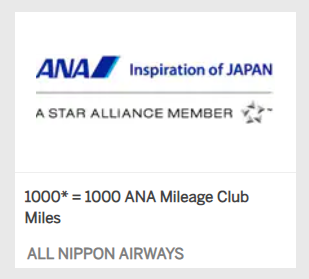
You can sign up for US-issued MR cards, such as the Amex US Gold Card, the Amex US EveryDay Card, and the Amex US Business Platinum Card in order to rack up Amex US MR points, which then transfer to ANA Mileage Club at par.
Furthermore, remember that once you’ve set up a single MR-earning Amex card in the US, you can transfer your Canadian MR points to the US at the prevailing exchange rate once every 12 months as well.
The ANA Round-the-World Award Chart
Once you’ve earned ANA miles, you’ll need to understand the rules for redeeming them for a multi-stop trip around the world.
Let’s begin at the award chart, which reads as follows:
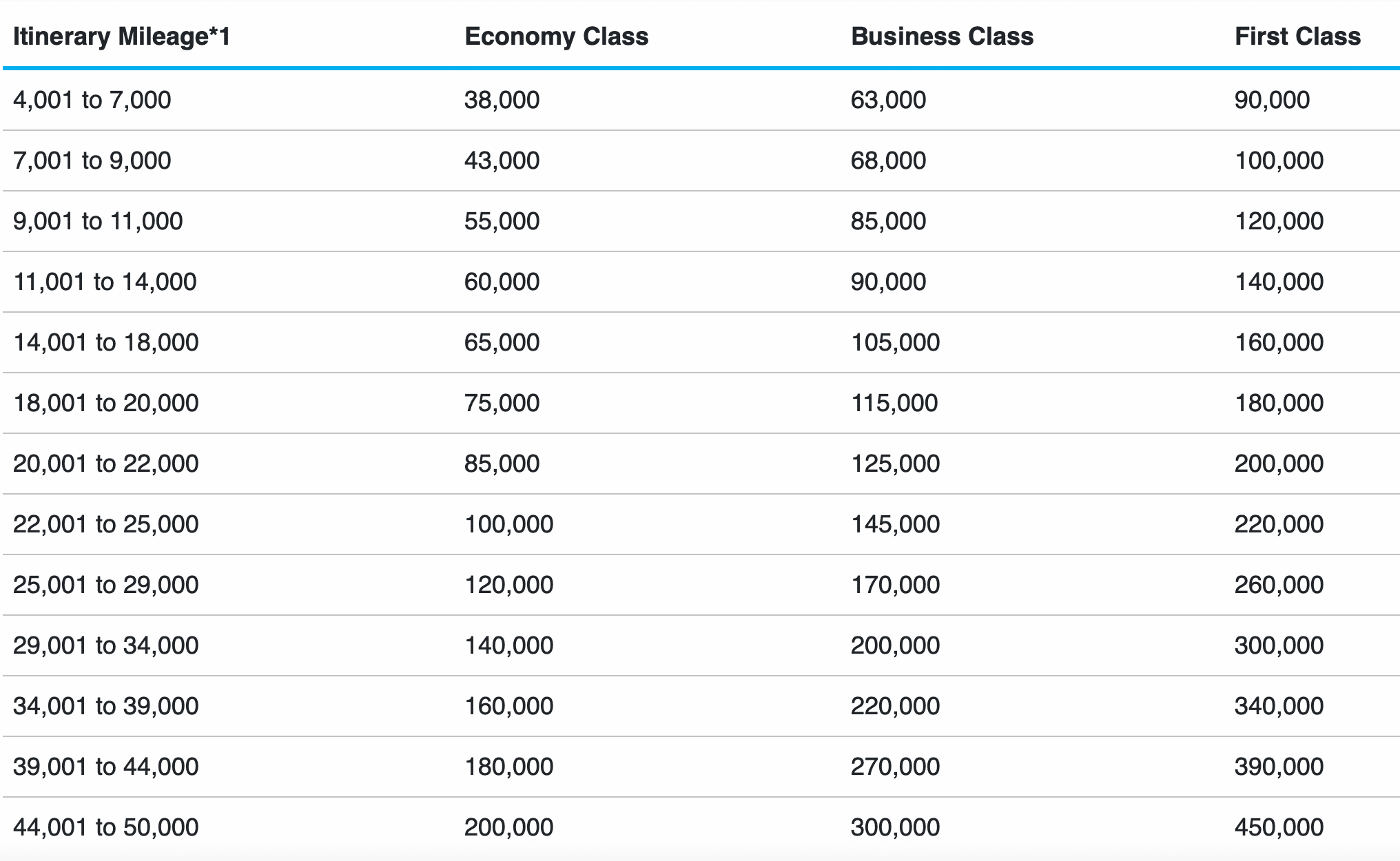
You add up the distances of all the flights on your itinerary to find your Total Basic Sector Mileage, perhaps by using a tool such as Great Circle Mapper. Then, you look up that total against the chart based on your desired class of service (determined by the highest class of service of any flight on your itinerary) to find the total number of miles required.
The Rules
Together with the award chart, there are a few routing rules to go over. These rules govern how you’re allowed to piece together various flights into a single itinerary, and importantly, they’re a little stricter than the other types of round-the-world awards out there.
-
Your trip must proceed in one direction: either eastbound or westbound. Furthermore, you must cross both the Atlantic and Pacific Oceans along your journey. This means that the trip must be a “true” round-the-world itinerary, and you can’t just cross the Pacific twice.
-
There’s a rule against “backtracking”, although what exactly counts as backtracking seems to be up to the judgment of the ANA Mileage Club agent helping you book the itinerary.
-
For example, an itinerary involving a Singapore–Perth–Bangkok turnaround should be fine, even though it looks like a pretty clear backtrack when plotted on a map, because it’s a pretty reasonable way to get to and from Perth using major Star Alliance hubs.
-
On the other hand, something like Beijing–Addis Ababa–Singapore–Zurich would most likely be stricken down under this rule.
-
-
Your itinerary may have up to 12 segments, up to eight stopovers (wow!), and up to four “ground transfers”.
-
Among those eight stopovers, you can have a maximum of three stopovers in Europe and a maximum of four stopovers in Japan.
-
The definition of a ground transfer includes open-jaws, but crucially, airport transfers between co-terminals in the same city (like flying into Tokyo Haneda and out of Tokyo Narita) also count towards your allowance of ground transfers, unlike the majority of other programs.
-
-
The minimum trip duration is 10 days, and travel must be completed within one year from the ticketing date.
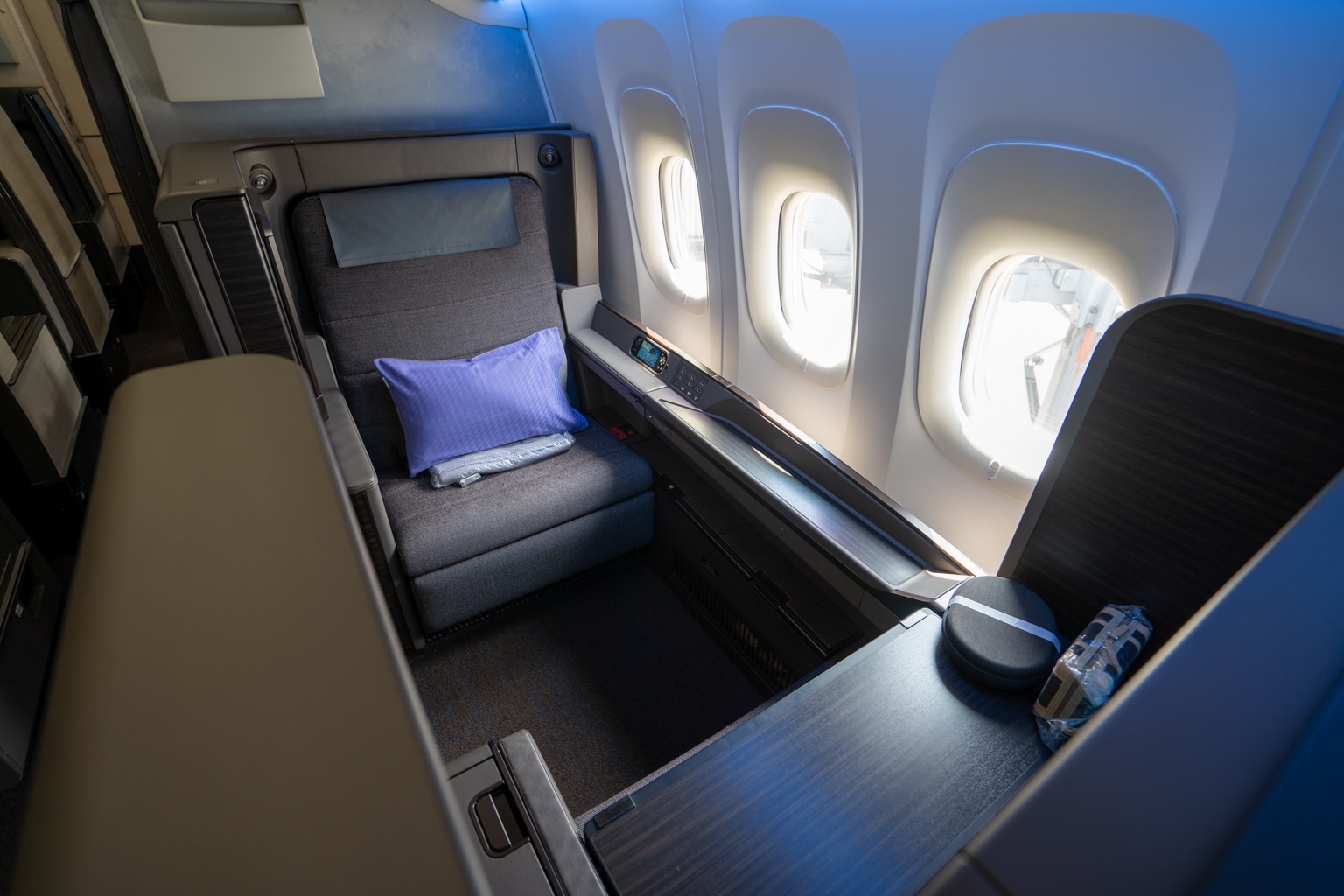
A Few Examples
Let’s look at a few examples to illustrate the types of trips you can do with an ANA round-the-world award.
1. A Classic RTW

Starting in Toronto, hop over to Zurich on Swiss via Montreal before continuing to Istanbul and spending a few days there. Then fly to Tokyo, use up a ground transfer by flying into Narita and out of Haneda, and return to Toronto on Air Canada Signature Class.
We’re only using three stopovers out of our allowance of eight, and the total distance clocks in at 17,209 miles. Looking at the award chart, we see that this would cost us 65,000 ANA miles in economy class or 105,000 ANA miles in business class.
That’s a huge discount compared to the 167,500 points that Aeroplan would charge for the same trip, with 92,500 points to get to Tokyo with a stopover in Istanbul and 75,000 to get back.
Clearly, there’s significant value to be found in the ANA round-the-world award if you’re looking to visit both Europe and Asia in the same trip. After all, even if you were converting Canadian MR points into US MR points so that you could transfer them to ANA Mileage Club, you’d only need about 140,000 MR points to make that happen at the prevailing FX rate.
2. Eight Stops Around the World
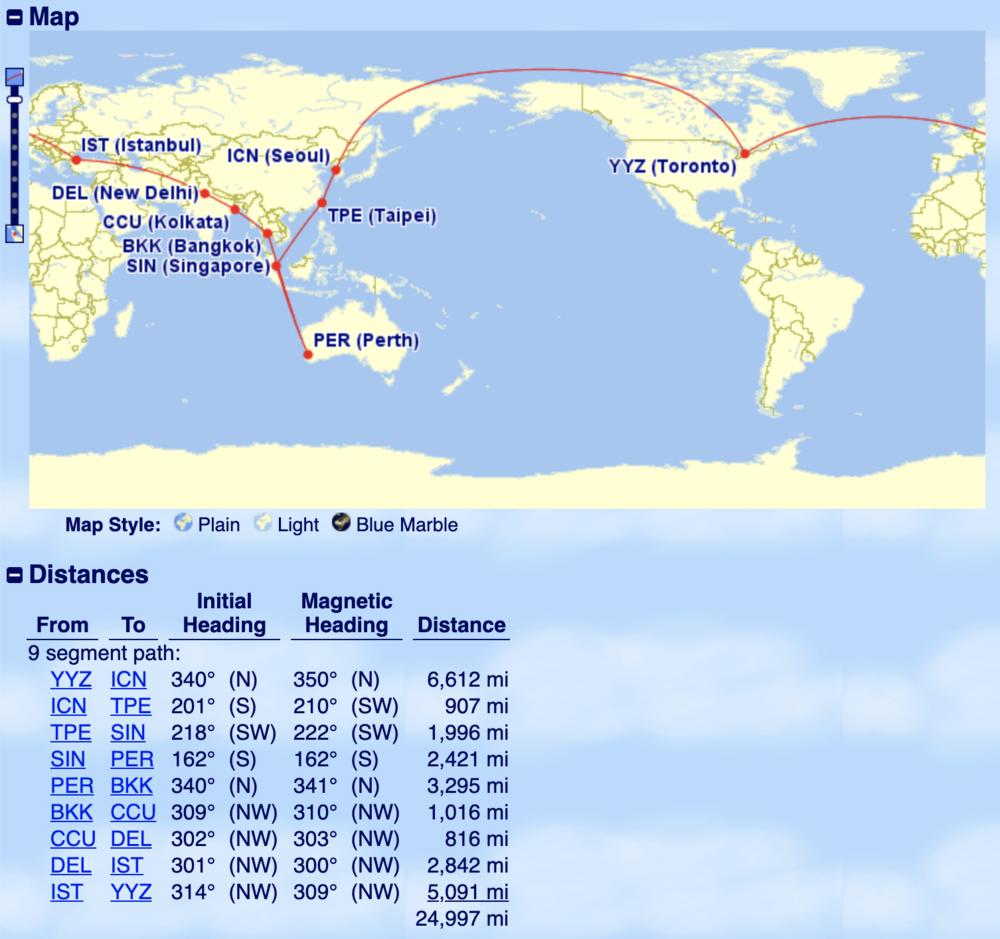
This itinerary takes you to eight cities around the world and gives you an extended-length stopover in each one of them: Seoul, Taipei, Singapore, Perth, Bangkok, Kolkata, New Delhi, and Istanbul. The total distance clocks in at 24,997 miles, just shy of the 25,000-mile threshold, and so this trip would cost 100,000 ANA miles in economy class or 145,000 ANA miles in business class.
Again, 145,000 miles is an absolute bargain. Even if you were to leverage Aeroplan’s stopover policy, you’d wind up with numerous bounds and a significantly higher cost in points.
With ANA, you pay fewer miles, and you get up to eight stopovers to play with to your heart’s content. What’s not to love?
3. Six Continents, ANA Style
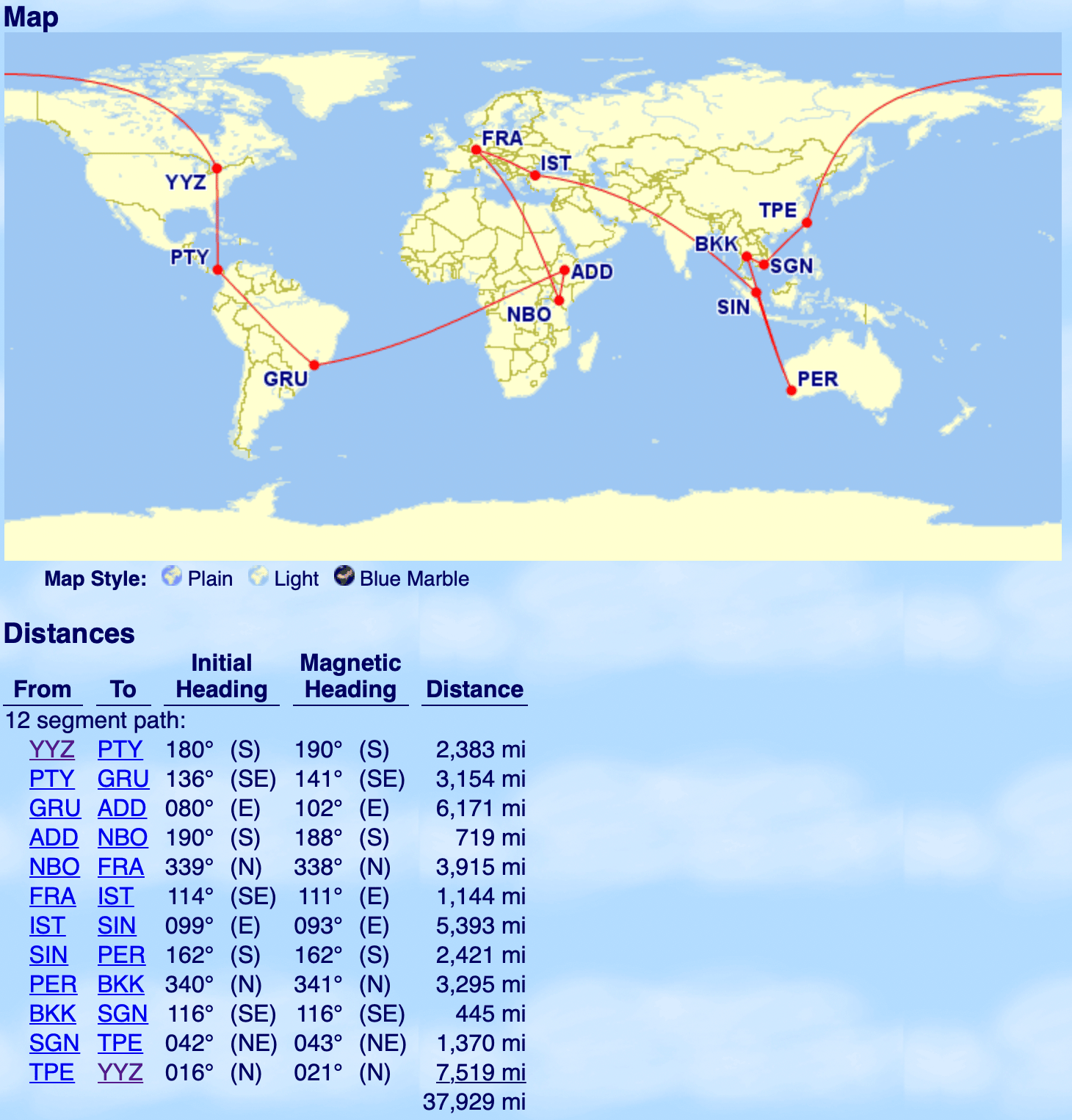
To take this redemption opportunity to the most extreme, let’s use up the full allowance of 12 segments and embark on a round-the-world trip to all six continents. You’d choose eight of the eleven intermediate cities as your stopovers, with the remaining three cities being long layovers of up to 24 hours.
The total distance flown is 37,929 miles, so you’d pay 160,000 ANA miles in economy class or 220,000 ANA miles in business class.
Now, 220,000 miles is a steep price to pay; however, the ability to add up to eight stopovers is virtually unparalleled for travellers looking to use their points to embark on audacious multi-destination trips, especially ones as large-scale as the sample trip illustrated here.
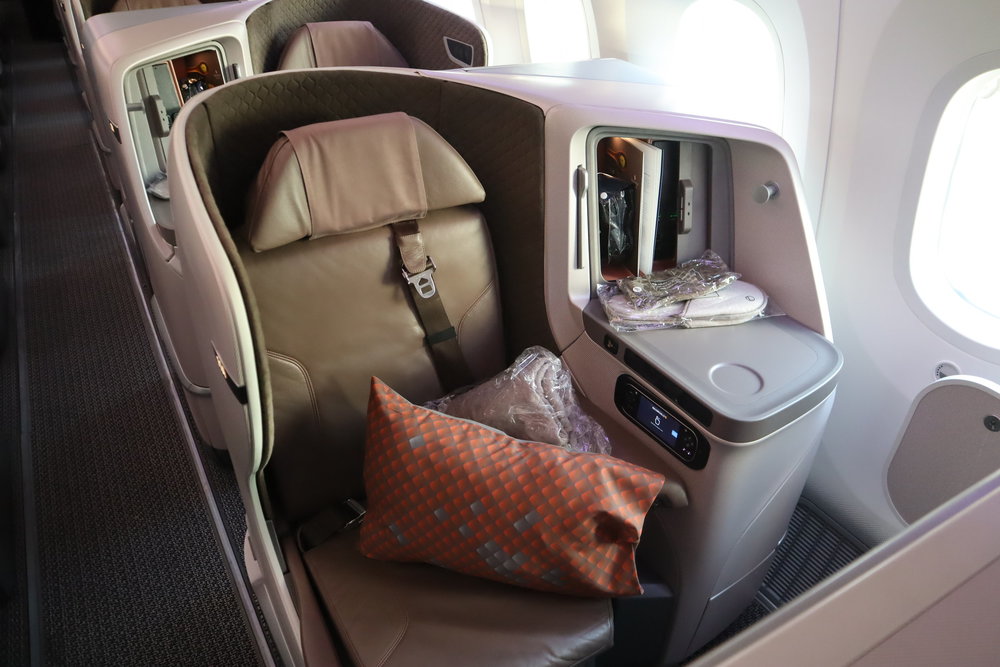
Taxes & Fees
When booking through ANA Mileage Club, the amount of fuel surcharges you’ll pay varies according to which Star Alliance airline you are flying with. Certain airlines, such as Lufthansa or Austrian Airlines, have high surcharges, while the majority of Star Alliance airlines – including some of its best business class products, like EVA Air, Singapore Airlines, and Turkish Airlines – levy more modest or zero surcharges.
By picking and choosing your airlines carefully, you can wind up with an epic round-the-world trip in business class while only paying a few hundred dollars in fees.
In addition, remember that certain countries and jurisdictions have regulations that limit the total surcharges on any itinerary originating in that country. Some countries have particularly hefty taxes and fees, such as the UK Air Passenger Duty, and are best avoided if you’re trying to look after your budget.
How to Search and Book
In theory, searching for availability for ANA round-the-world awards would involve the same set of booking tools as you’d use for Aeroplan awards, since they’re both accessing the same inventory on Star Alliance airlines.
However, ultimately it’s the availability you see via the ANA Mileage Club website that dictates what ANA agents can book, so that would perhaps be the best way to search, or at least to perform a double-check after finding space on Aeroplan, United, AwardLogic, or ExpertFlyer.
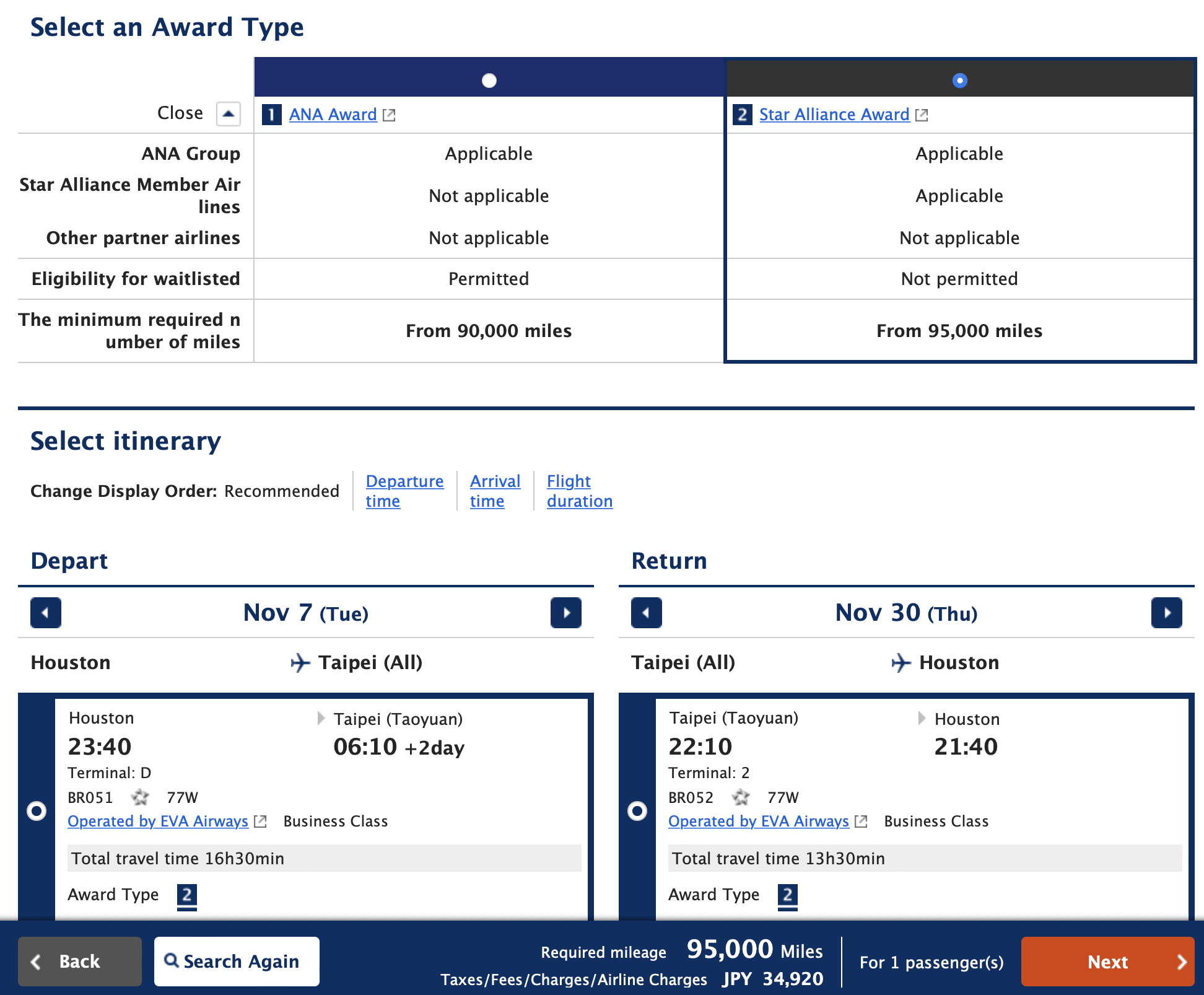
The steps involved are generally the same no matter which search engine you use, though. Break the trip up into one-way segments and locate availability on each segment one-by-one, then arrange it all into an itinerary that fits within all the rules outlined above.
Finally, you’ll need to give ANA Mileage Club a call to get the booking completed, as it can’t be done online.
Keep in mind that ANA Mileage Club members have access to far more award space on ANA flights themselves compared to partner programs. An ANA RTW award is therefore an excellent occasion to try out ANA’s excellent long-haul business class or even First Class products.
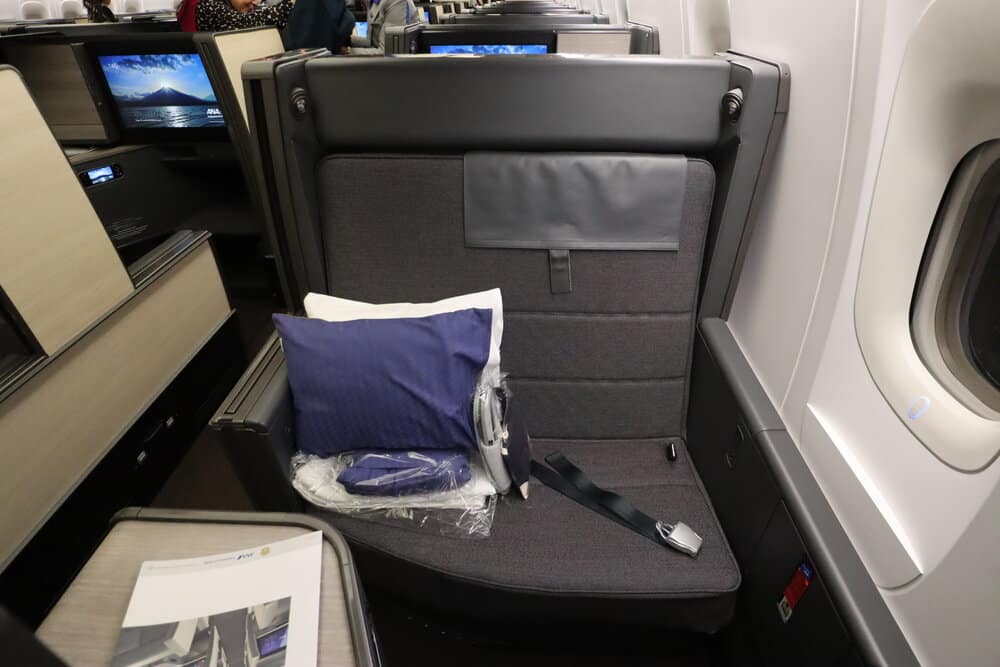
Round-the-world awards can only be booked over the phone, and ANA’s agents tend to be well-educated on the rules and will enforce them strictly. On one hand, you can’t really get away with much outside the rules, but on the other hand the agents are all quite professional in their dealings and will make your life easier by telling you exactly why a certain itinerary isn’t valid.
Lastly, note that ANA only allows you to redeem miles on behalf of your family members and relatives, and not on behalf of anyone in general. There’s even have a family tree on their website to show exactly which types of family members are eligible to use a member’s miles.
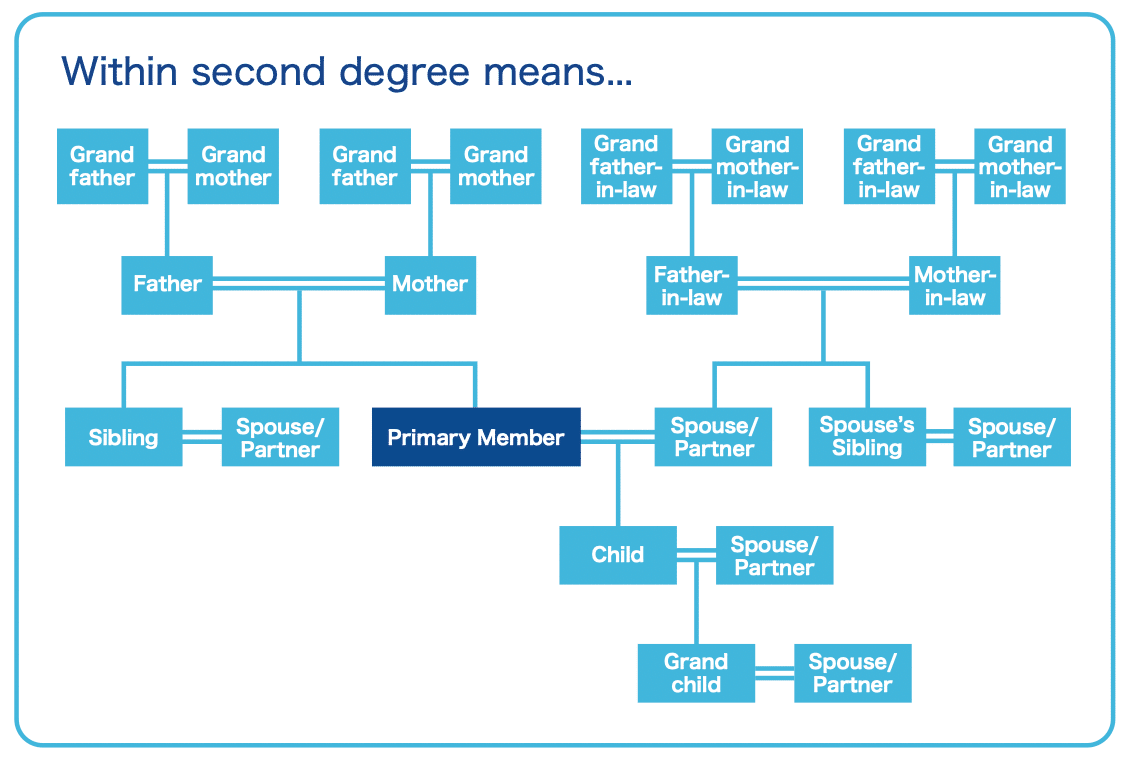
This will be an important point to keep in mind for those of you who might travel with friends, colleagues, or other extra-familial companions – in that case, everyone would need to redeem miles out of their own ANA Mileage Club accounts.
Conclusion
Combining an unbelievably generous allowance of eight stopovers with a very fairly priced award chart, the ANA round-the-world award contains incredible globetrotting power that’s just waiting to be enjoyed by those of us who are hungry for some incredible multi-stop trips.
The only real downside to this redemption opportunity is the relative difficulty piecing together an itinerary with limited award space. Furthermore, it’s definitely necessary to be playing the US credit card game if you want to earn a meaningful balance of ANA miles for a round-the-world award.
If you’re able to make the trip work, you’ll be rewarded handsomely with a trip around the world on some of the best airlines in the game. Should you need any assistance finding award space, be sure to get in touch with us for a Points Consulting session.
















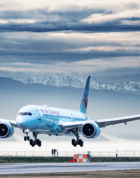



I just booked it
yow yul Yvr Icn fuk oka Tpe openjaw ist lys yul yyz. 13960 distance miles=90000 miles required for business. I used Marriott points. I will do Asia and Europe separately within a year. Note ANA domestic flights are economy only and YOWYUL is economy as well which I don’t mind. They say if only economy class available and business become available I can call. I can also extend it up to one year from the date I depart. I can modify the date even after my first flight. no company change allowed, can change stopover to layover after booking as long as I respect the maximum.
You have given me a dream!
Can I finish my trip with an open-jaw?
For example, if my origin was Tokyo (Narita), can I then finish my RTW trip in Tokyo (Haneda)? As long as I have met all other rules of course
I really like the way you explained such information about ANA Miles with us. Great article that I’ve ever read about the Earn and sell ana miles.
Are connecting flights counted as backtracking? For example: NRT-YVR via TPE on EVA.
Nope, the rule for backtracking seems to be that you can’t cross back into an IATA Zone that you’ve already visited.
When you say "The definition of a ground transfer includes open-jaws", does that mean open-jaws must be done in 24 hours, or could I fly into London and out of Amsterdam a few days later and use it as one of the four ground transfers instead of a layover?
The latter: you are allowed to have up to four open-jaws between different cities. It’s just that even if you transit between different airports in the same city (like London Heathrow to London Gatwick), that will still count (unlike many other reward programs).
What is your bet out of 3? Ana, Avios & Asian Miles for a Mini RTW? Though Ana has lower points requirement, I believe Avios could be a better & easier one for someone in Canada, even though you have US Cards. What are your thoughts?
They each have their strengths and weaknesses. I’d pick ANA out of the three, because it seems easiest to avoid hefty fuel surcharges. If you can’t swing the ANA points, then the decision between Avios and Asia Miles will likely come down to which program’s stopover / open-jaw policies are more suited to your desired trip.
Unless you’re getting into US credit cards.. I’m not nearly as impressed about the value as you are, Ricky.
I like to break it down in terms of dollars spent in order to earn the miles.
If we use the Cobalt card,
50,000 MR select points = 25,000 ANA points
If you’re spending on the 5x food category, that means:
$1 spend = 2.5 ANA points. That’s pretty good.
But for general spend, where you earn 1 MR select point per dollar spent:
$1 spend = 0.5 ANA points. That’s.. not gonna get you anywhere fast.
What about the Bonvoy Amex? 60,000 Bonvoy points = 25,000 ANA points, and you earn 2 Bonvoy points per dollar spent:
$1 spend = 0.83 ANA points. Not great, not terrible.
Another comparison. Let’s look at signup bonuses. And let’s use plain Amex MR points this time. Let’s say you sign up for a Business Platinum, and collect 75,000 as a signup bonus.
MR => Aeroplan is 1:1, so that nets you 75,000 Aeroplan points.
MR doesn’t transfer directly to ANA, so you need to go the Bonvoy route..
MR => Bonvoy => ANA is 1:0.5 (if my math is correct), so that only nets you 37,500 ANA points!
TL;DR: Miles are not created equal and can’t be directly compared between programs.
Yeah. Like I mentioned in the article, you do need to have at least one US MR card to do ANA Mileage Club properly as a Canadian.
The good news is you don’t need to get too many US MR cards – just one, and then you can transfer over your Canadian MR points (in your example, the 75k signup bonus would be ~57k US MR points, and could be used towards some of ANA’s cheaper, lower-distance RTW awards).
I love these posts and how much detail you get into. Thanks!
Backtrack rule is based on iata zone 1 2 3
One thing to note though is that while cheaper than AP in theory, unless you have plenty of US MR, the exchange rate when sending the CAR MR points comes to around the same or slightly higher as AP.
Correct. But for up to 8 stopovers? take my miles!
I wish I knew about things like this when I was a student… 8 stopovers, an 8 month trip would’ve been incredible. These days, it’s hard to find the time to justify stopping 8 times and an open jaw in Europe is sufficent.
This seems INCREDIBLE though for anyone who doesn’t work 49 weeks a year
Less miles required, less taxes, EIGHT stopovers…..jaw dropping !!!!
Booked next year’s ski trip to the french alps for 88k roundtrip in Business class. Best part is that ANA does not levy fuel surcharges on Air Canada flights. Was even able to book a stopover in YUL on the way back and essentially get a free one-way flight to Vancouver anytime in the next year. ANA does NOT charge for date changes, so havent decided yet when I want to actually use the flight, but will be able to anytime up to one year after the first flight on the itinerary. Flying YQB-YUL-GVA-YUL(stopover)-YVR Taxes and fees came out to about 100CAD per person. Erased the taxes and fees using my Ritz Carlton travel credit.
Your comment made me double-check the FT thread, and indeed it looks like there is no surcharge on AC flights. The ANA RTW seems more and more like a massively underutilized opportunity for Canadians – although it does require a bit of legwork getting started with US credit cards.
I believe it’s one year after ticketing date, not after the first flight.
This is probably correct – though I think if you were to make a change after travel commences, you’d get to fly within one year from the first flight. I’ll update the article.